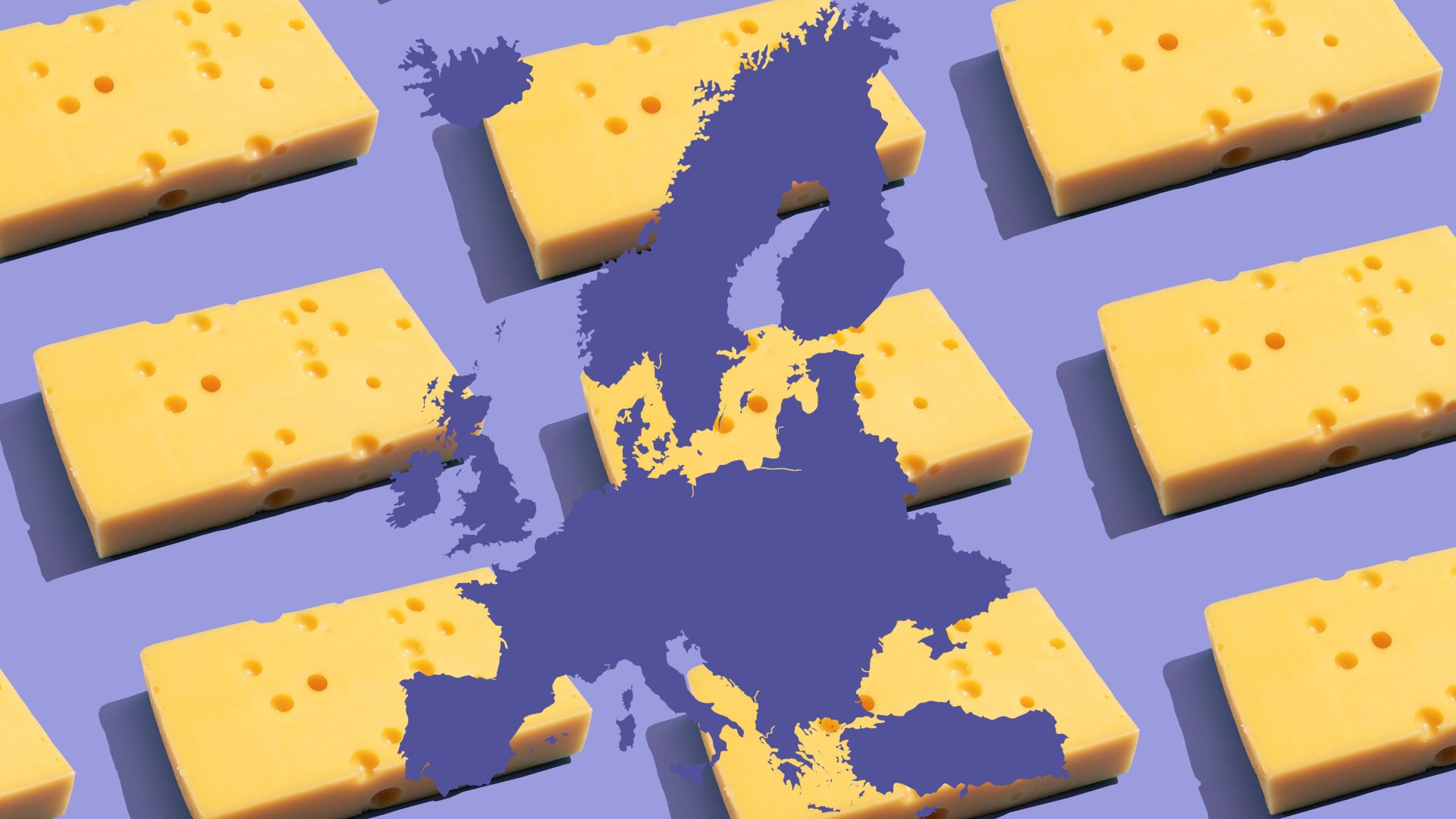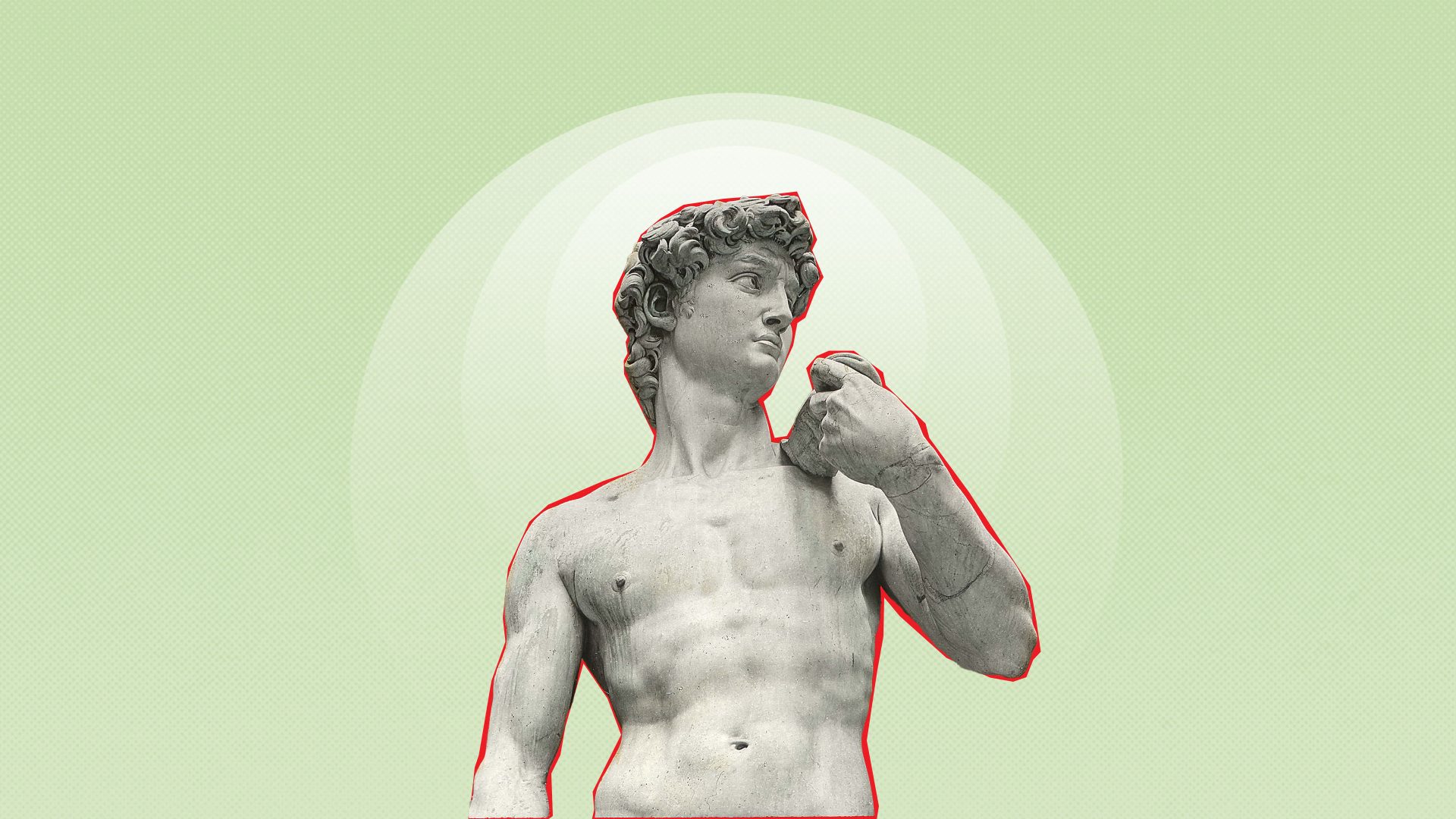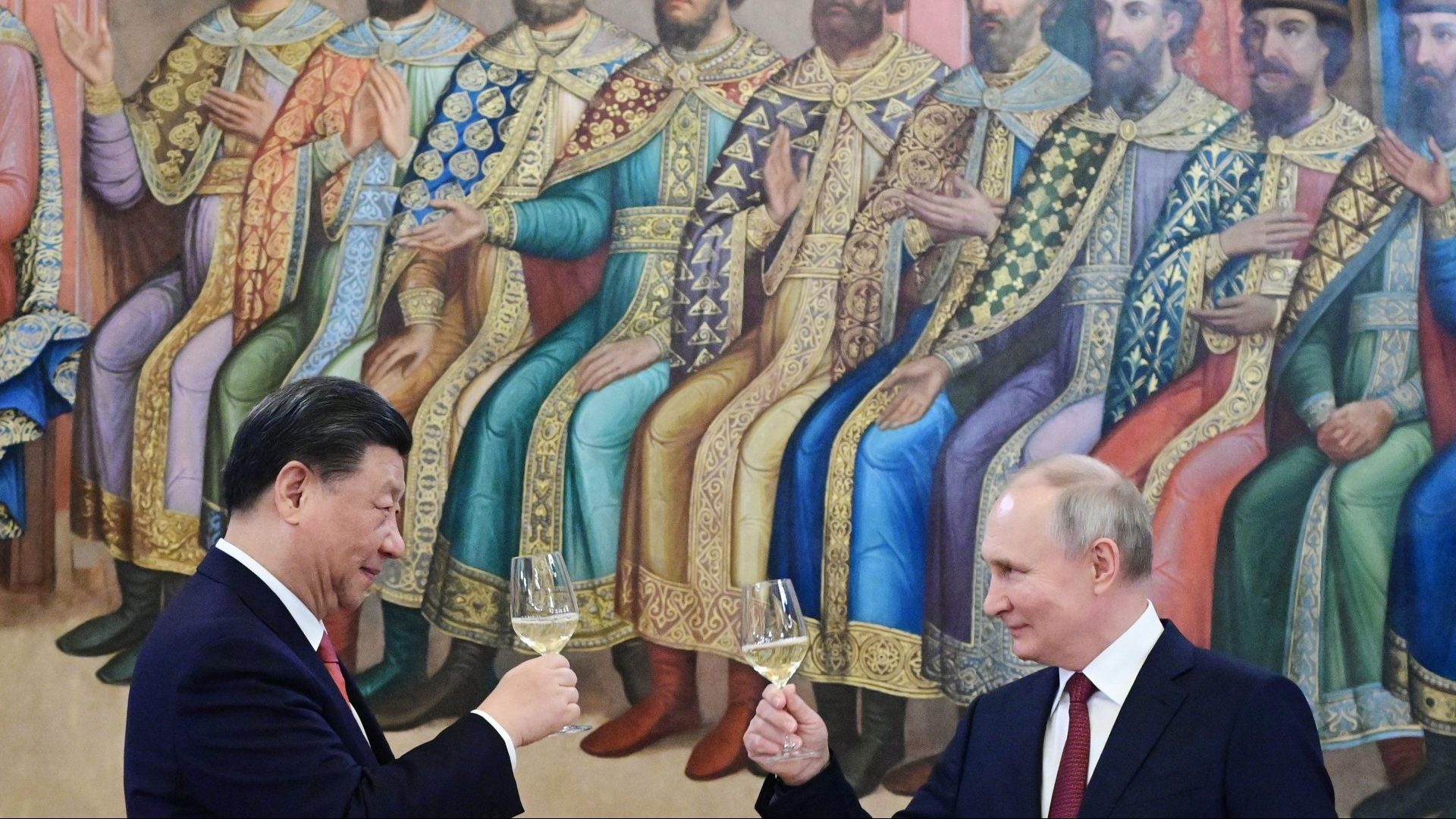Iceland
Icelanders consume on average 19kg of cheese per person each year, with Skyr being a particular favourite. Yes, it might look like and have the texture of a yoghurt, but it is actually a cheese, and one with a long history, being first produced by the Vikings in AD900 – it’s mentioned in a number of medieval Icelandic sagas – and is still available pretty much everywhere across the country. Iceland’s cows are said to produce some of the best milk in the world, and some popular dishes which include cheese include plokkfiskur (fish stew), flatkaka (a rye flatbread) and mysuostur (a soft brown cheese).
Ireland
The Irish get through 22.5kg of cheese each on average each year. The country has been producing cheese for centuries, and Irish cheeses are known for their high quality and distinctive flavours. The most popular Irish cheese is Cashel Blue, a blue cheese made from pasteurised cow’s milk with a sharp, salty flavour and a creamy texture. Other popular Irish cheeses include Gubbeen, a semi-hard cheese with a smoky flavour, and Coolea, a semi-soft cheese with a nutty quality. And yes, you can buy cheese infused with Guinness.
France
The French – so synonymous with the stuff that The Simpsons’ Groundskeeper Willie famously coined the term “cheese-eating surrender monkeys” – are actually pretty much at the European average when it comes to eating the stuff, at 13.5kg per capita each year. The country does have more than 1,000 different types, though, and Gallic pride was in meltdown last month after a survey of the world’s greatest cheeses reduced its most famous varieties to also-rans. The highest-ranked French cheese — Reblochon — came only 13th in a poll of more than 28,000 people which was topped by Italian offerings Parmigiano Reggiano and Burrata.
Germany
Germans are enthusiastic cheese-chompers, with each person getting through on average 19.9kg each year. In fact, the country is the largest cheese producer in Europe and the second largest in the world (after the USA). Rauchkäse literally means “smoked cheese” and, while typically made in Bavaria, is very popular throughout the country, with the smokiness complementing the rich butteriness of Bavarian cow’s milk. The German way to enjoy it is sliced up and toasted on bread.
Moldova
Europe’s most cheese-averse nation is Moldova, with just 4.9kg consumed per person each year. Among those who partake, the most popular is Rossiysky (Russian), which is made from pasteurised cow’s milk, imparting a slightly sour flavour. Its ubiquity is largely because it’s relatively cheap. Second-most popular is Golandsky (Dutch), a hard cheese made from cow’s milk said to have come about due to Russian cheese-makers refining the Dutch methods for making Edam. Golandsky possesses a milky aroma and a slightly sour, almost tangy taste; the colour is white or pale yellow.
Finland
The Finns love their cheese, getting through 21.2kg each on average every year. Oltermanni, the country’s most popular, is made at dairy firm Valio’s Haapavesi cheese factory. Originally made in 1980, it was a 75th-anniversary gift for the company’s dairy farmers but was so well received that it was decided to start selling it in retail in 1981. Creamy, buttery, mild and moderately smooth, it’s often served with fruit, like pears and grapes.
Estonia
The most enthusiastic consumers of cheese in Europe are the Estonians, who get through an average of 24.6kg a year each – 80% of the country’s milk goes into its production. The most popular type of cheese is actually cheese curd, which is also commonly mixed with sugar, glazed in chocolate and sold as kohuke – confectionery often eaten by children at breakfast. The very first Estonian dairy was established in the village of Imavere in Järva County in 1908, with the first homegrown style being Sõir, a soft cheese made with whole milk, cottage cheese, butter, eggs, salt and caraway seeds, typically served on bread.
Lithuania
Lithuania is another nation of cheese lovers, with an average of 20.3kg per person consumed each year – the most popular being Džiugas. A hard-aged cheese, it has a unique and slightly different flavour profile from wheel to wheel, as it can be aged anywhere between 12 and 48 months. Made from pasteurised cow’s milk, it has Protected Geographical Indication status. The name Džiugas comes from an iron cudgel-wielding giant in Lithuanian legend. Other popular Lithuanian cheeses include Varškės sūris (soft curd cheese), which is often eaten with rye bread and honey.
Serbia
Serbians are not big cheese fans, with an average of 6.5kg consumed per person each year. It does, however, produce the world’s most expensive – pule donkey cheese. It’s made by only one farm in the world – in the Zasavica Special Nature Reserve – and 30l of donkey’s milk is required to produce just 1kg: no wonder it will set you back nearly £1,000. Reserve founder Slobodan Simić told a documentary maker in 2021: “In life, there are moments when you discover something and you feel that it is the time to dedicate yourself to that cause. That’s what I’ve done.”



